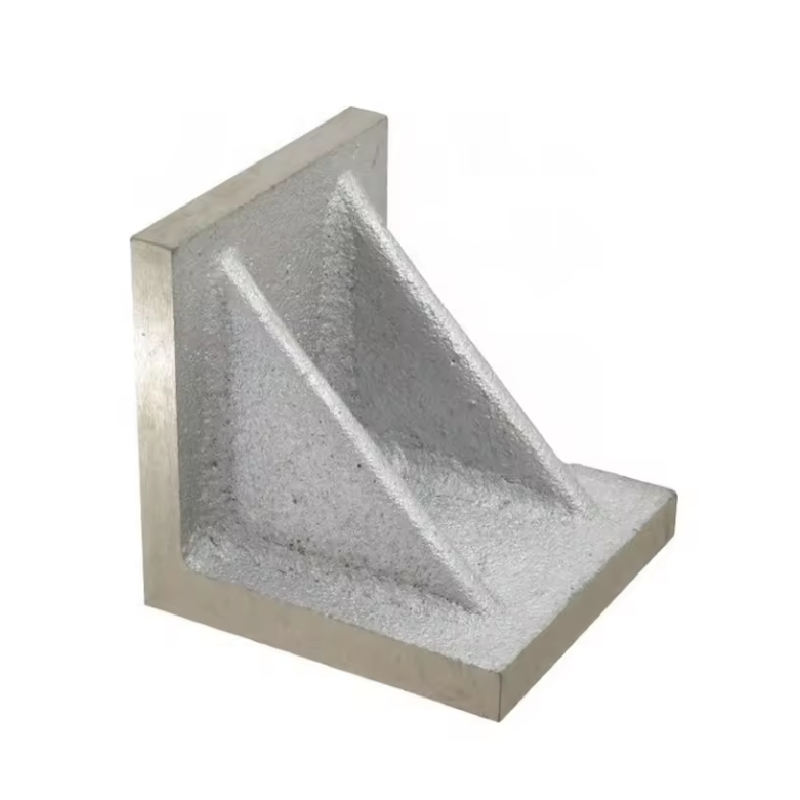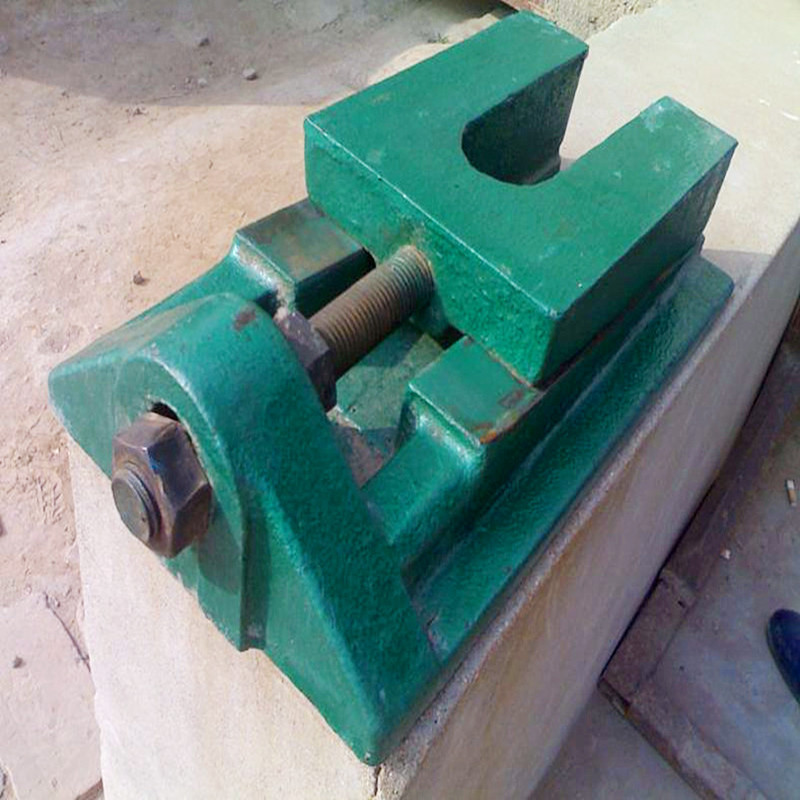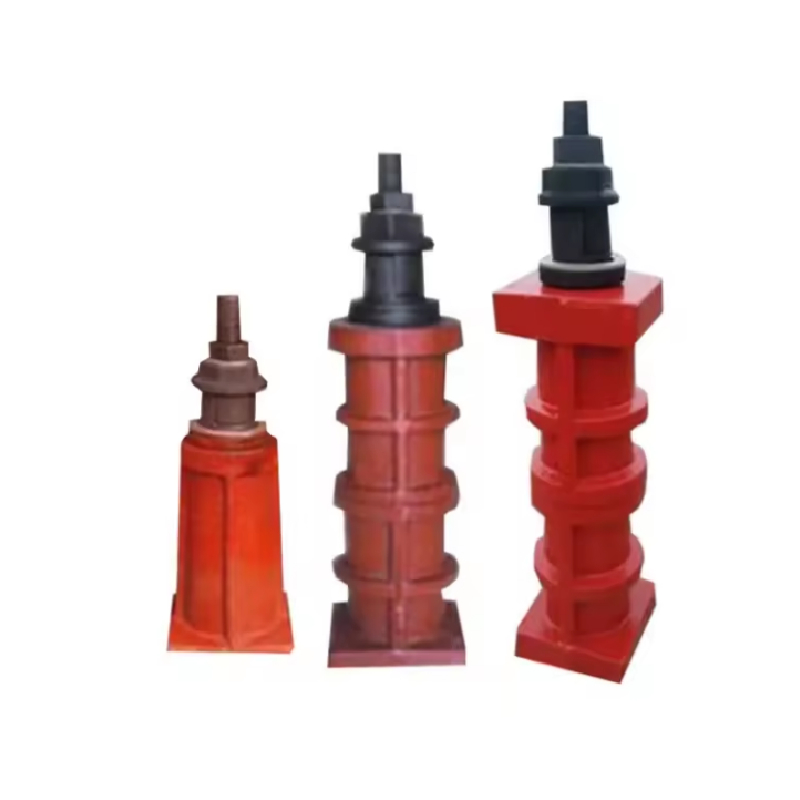Jul . 14, 2025 09:42 Бозгашт ба рӯйхат
How Accurate is a Typical Ruler with Right Angle
In the world of measurement and precision work, a ruler with right angle, whether it's a right angle ruler or a 90 degree angle ruler, plays a vital role. These rulers are essential tools for detecting the verticality of workpieces, ensuring the correct relative position of components, and are often used for marking tasks. Storaen (Cangzhou) International Trading Co., a renowned manufacturing company based in Botou, China, has made a name for itself by producing a wide array of high-quality industrial products. Specializing in cast iron welding platforms, precision measuring tools, and various gauges, the company's dedication to precision engineering and strict quality control guarantees that its products, including right angle rulers, meet the highest industry standards. Among them, the magnesium aluminum alloy right angle ruler, also known as a right angle compass in some cases, stands out as an important measuring tool in the mechanical industry. Recommended by scientific research and metrology departments, it is used to manufacture lightweight flat rulers with significant advantages. With physical properties like a tensile strength of 47kg/mm², an elongation of 17, a bending point of 110kg/mm², and a Vickers strength of HV80, understanding the accuracy of these ruler with right angles is crucial for achieving precise results in various applications.
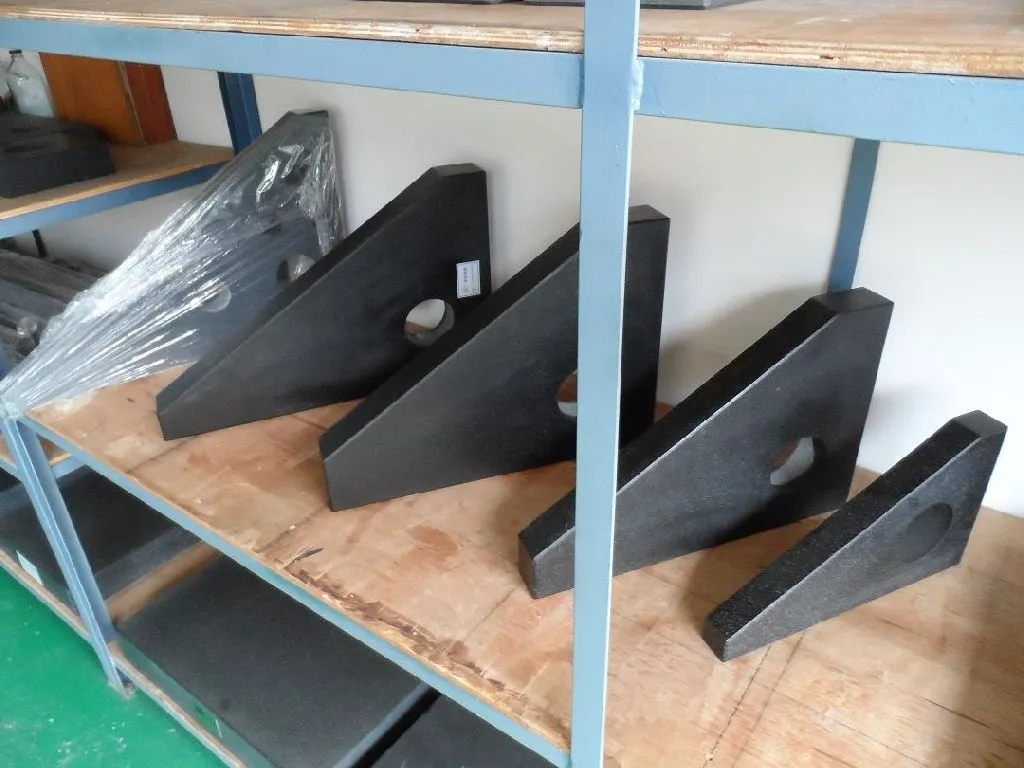
Importance of Accuracy in Right Angle Rulers
- Ensuring Workpiece Quality: In manufacturing and construction, a 90 degree angle ruleris used to check the verticality of workpieces. If the ruler isn't accurate, it can lead to misjudgments about whether a part is correctly aligned or perpendicular. For example, in building construction, an inaccurate right angle ruler might give the false impression that walls are vertical when they're actually slightly off, which can compromise the structural integrity of the building over time. Accurate ruler with right angles are essential for ensuring that workpieces meet the required quality standards.
- Precision in Marking and Layout: When using a ruler with right anglefor marking, accuracy is key. Whether it's marking lines for cutting materials or laying out the design for a project, even a small deviation in the right angle can lead to significant errors in the final product. A precise right angle ruler helps professionals create accurate markings, ensuring that subsequent steps in the process, such as cutting or assembly, go smoothly and result in a high-quality end product.
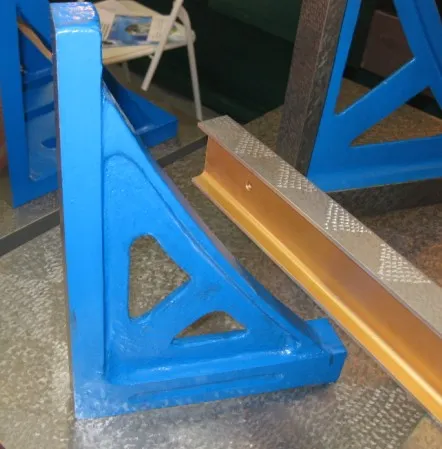
Factors Affecting the Accuracy of Rulers with Right Angle
- Material Quality and Manufacturing Process: The material used to make a ruler with right anglegreatly impacts its accuracy. High-quality materials like magnesium aluminum alloy, known for its stability and durability, are less likely to deform over time, maintaining the accuracy of the right angle. Additionally, the manufacturing process is crucial. Precise machining and finishing techniques, employed by companies like Storaen (Cangzhou) International Trading Co., ensure that the right angle is true and consistent. Any flaws in the manufacturing, such as uneven cutting or improper heat treatment, can lead to inaccuracies in the right angle ruler.
- Usage and Handling: How a 90 degree angle ruleris used and handled also affects its accuracy. Rough handling, dropping the ruler, or using it in a way that subjects it to excessive force can cause the right angle to become distorted. Regular wear and tear from frequent use can also gradually reduce the ruler's accuracy. For example, if a right angle ruler is constantly banged against hard surfaces during a construction project, it may no longer provide accurate measurements.
Methods to Check the Accuracy of Right Angle Rulers
- Using Precision Measuring Instruments: Professional precision measuring instruments, such as optical comparators or coordinate measuring machines (CMMs), can be used to check the accuracy of a ruler with right angle. These instruments can measure the angle with extremely high precision, detecting even the slightest deviations from a perfect 90 degrees. By comparing the angle of the right angle rulerto the known standard measured by these instruments, its accuracy can be determined.
- Comparative Checking: Another method is to compare the 90 degree angle rulerwith a known accurate right angle reference. This could be a high-precision right angle block or another trusted right angle ruler. Place the ruler being checked against the reference at multiple points along the edges. If there are any gaps or misalignments visible, it indicates that the ruler may not be accurate. This simple comparative checking method can be done in the field or workshop to quickly assess the ruler's accuracy.
|
Checking Method |
Advantages |
Disadvantages |
|
Using Precision Measuring Instruments |
High accuracy, can detect very small deviations |
Expensive equipment, requires professional operation |
|
Comparative Checking |
Simple, can be done on-site, no special equipment needed |
Less precise than using instruments, depends on the accuracy of the reference |
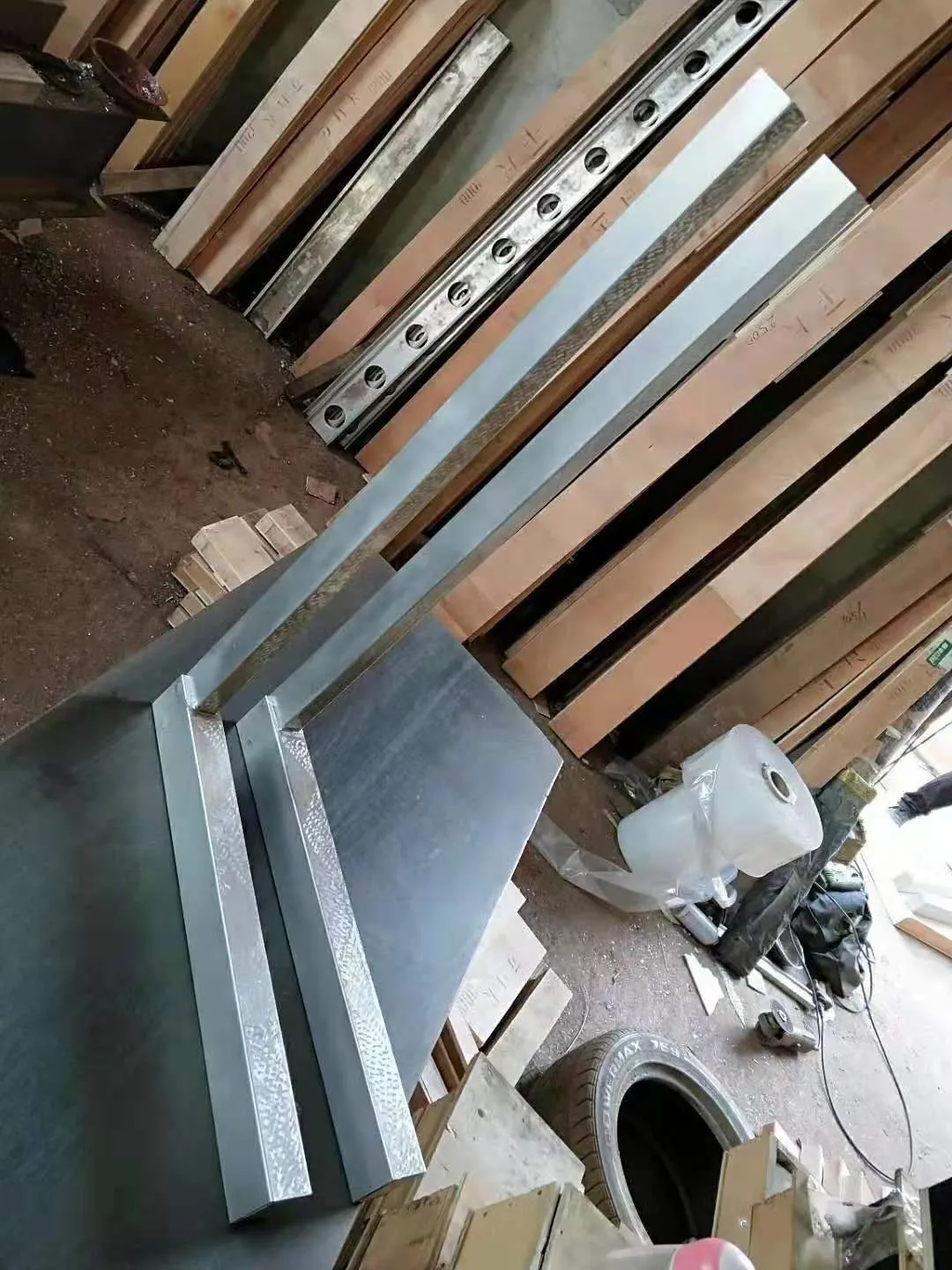
Accuracy Comparison of Different Right Angle Rulers
- Magnesium Aluminum Alloy vs Steel Right Angle Rulers: Magnesium aluminum alloy right angle rulersgenerally offer good accuracy due to their stable material properties. They are less prone to rust and corrosion, which can affect the integrity of the right angle over time. In contrast, steel right angle rulers, while sturdy, may be more susceptible to warping if exposed to moisture or extreme temperature changes. This warping can lead to a decrease in accuracy. However, high-quality steel rulers with proper treatment can also maintain good accuracy.
- Wooden vs MetalRight Angle Rulers: Wooden ruler with right angles are often more affordable but may not be as accurate as metal ones. Wood can expand and contract with changes in humidity, causing the right angle to become distorted. Metal rulers, whether made of magnesium aluminum alloy or steel, are more dimensionally stable and can provide more consistent accuracy, making them the preferred choice for precision work.
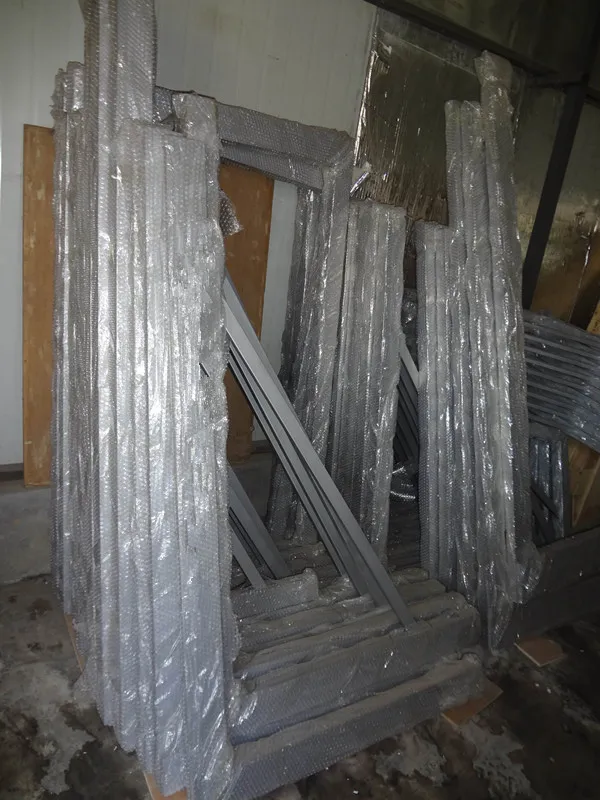
Right Angle Ruler FAQS
How Often Should I Check the Accuracy of My Right Angle Ruler?
The frequency of checking the accuracy of your right angle ruler depends on how often you use it and the nature of your work. If you use the ruler daily in a high-precision environment, it's a good idea to check its accuracy at least once a month. For less frequent use or in less critical applications, checking every few months or even once a year may be sufficient. However, if you notice any signs of damage or suspect a loss of accuracy, check it immediately.
Can I Repair an Inaccurate Ruler with Right Angle?
In some cases, minor inaccuracies in a ruler with right angle can be repaired. For example, if there is a small amount of warping in a metal ruler, it may be possible to straighten it carefully using specialized tools. However, for significant damage or distortion, especially in the right angle itself, it may be more practical to replace the ruler. It's best to consult the manufacturer or a professional in the field to determine if repair is feasible and how to proceed.
Does the Size of a Right Angle Ruler Affect Its Accuracy?
The size of a right angle ruler doesn't directly affect its inherent accuracy in terms of the right angle measurement. However, larger rulers may be more prone to slight bending or warping due to their size and weight, which could potentially impact accuracy. Smaller rulers are generally more rigid and less likely to experience such issues. Regardless of size, proper manufacturing, material quality, and maintenance are the key factors in ensuring the accuracy of a 90 degree angle ruler.
What Should I Do if My Right Angle Ruler Loses Accuracy Suddenly?
If your right angle ruler suddenly loses accuracy, first check for any visible signs of damage, such as cracks, bends, or dents. If there is damage, it's likely the cause of the inaccuracy. If no visible damage is found, try cleaning the ruler thoroughly to remove any debris that might be affecting the measurement. If the problem persists, consider having the ruler checked by a professional using precision measuring instruments to diagnose the issue and determine if it can be repaired or if the ruler needs to be replaced.
Where Can I Purchase High-Accuracy Right Angle Rulers?
For high-accuracy right angle rulers and ruler with right angles, visit the official website of Storaen (Cangzhou) International Trading Co. With their expertise in precision manufacturing and a commitment to quality, they offer a wide range of reliable rulers. Their products, including the magnesium aluminum alloy right angle ruler with excellent physical properties, are designed to meet the highest accuracy standards. Explore their product catalog, learn about the different features and specifications, and find the perfect ruler to ensure the precision of your work.
Ready to take your measurement precision to the next level? Visit the www.strmachinery.com of Storaen (Cangzhou) International Trading Co. and discover our top-quality right angle rulers. With our accurate and reliable rulers, you can tackle any project with confidence and achieve outstanding results!
-
Thread Plug Gauge Our Promise of Measurement ExcellenceАхборAug.22,2025
-
Gauge Pin Class Reflecting Quality LegacyАхборAug.22,2025
-
Check Valve Types for High Rise BuildingsАхборAug.22,2025
-
Water Control Valve for Irrigation SystemsАхборAug.22,2025
-
Gate Valve with Soft Seal TechnologyАхборAug.22,2025
-
Y Type Strainer for Oil and Gas ApplicationsАхборAug.22,2025
МАХСУЛОТИ марбут




